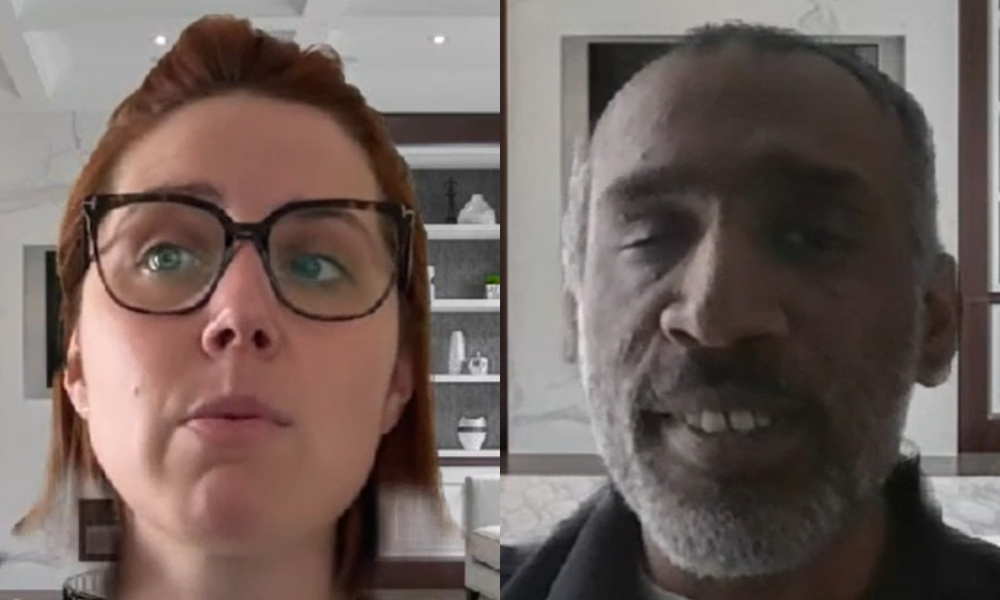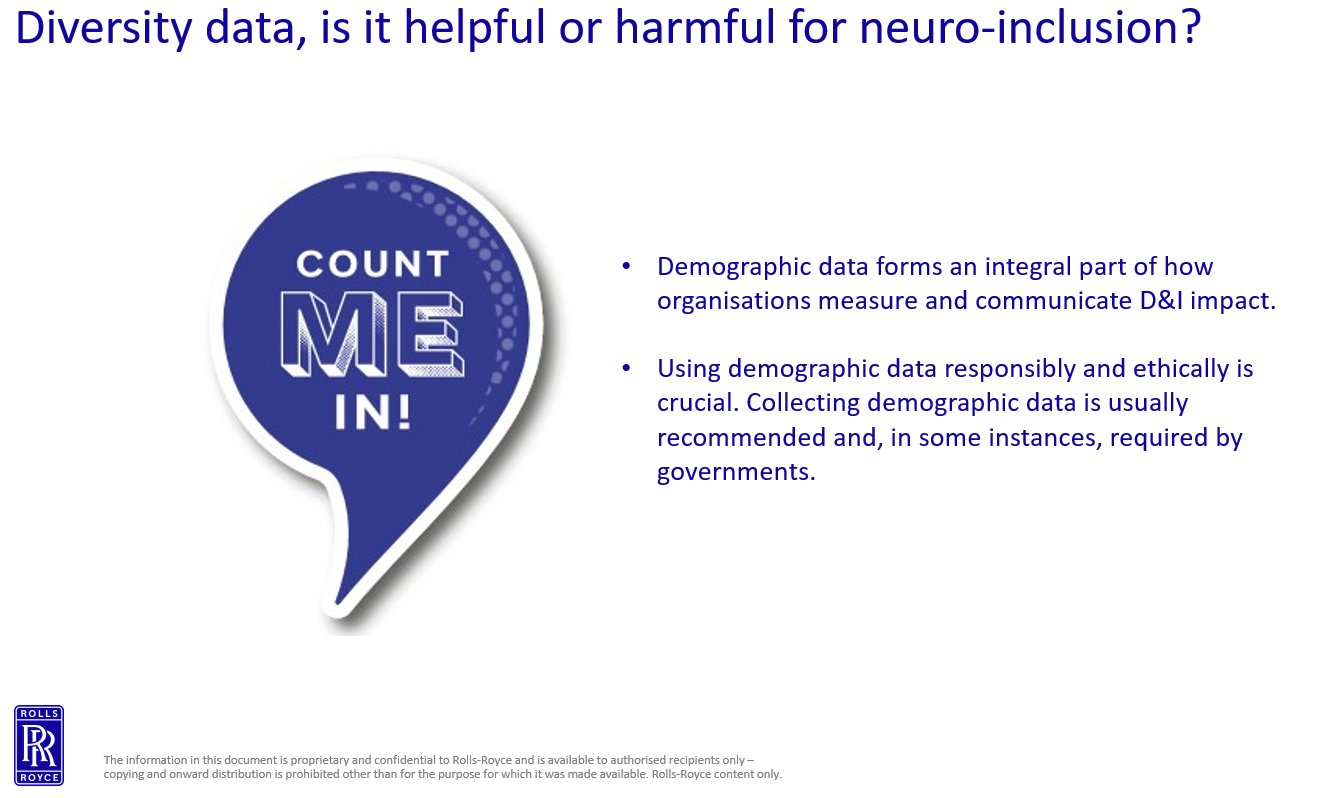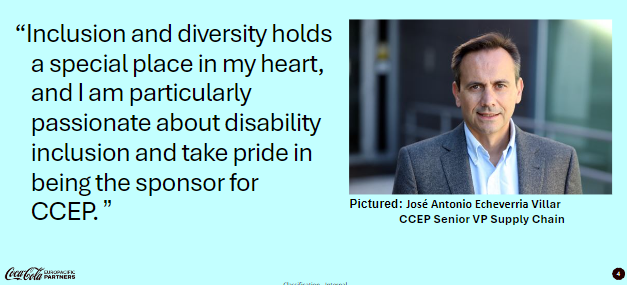Psychological safety 'number one priority,' say directors on supporting neurodiverse workforce

DEI and accessibility directors from Rolls-Royce and Coca-Cola Europacific Partners (Coca-Cola EP) recently came together to discuss the strategies their corporations have been taking around neuroinclusion.
Natasha Whitehurst, head of diversity, inclusion and belonging at Rolls-Royce, and Mo Koheeallee, QESH coordinator projects & accessibility ambassador GB for Coca-Cola, spoke in a webinar about employee disclosure, usage and psychological safety as neuroinclusion strategies.
“If we think about psychological safety in today's highly competitive business environment, to build high-performing teams is a top priority if you talk to any exec or any leader,” said Whitehurst.
“And the recipe for success often includes a mix of talent, innovation, collaboration.”
Psychological safety an important factor for neuroinclusion: Rolls-Royce DEI director
Psychological safety is the “idea that no member of the team will be punished or humiliated for speaking up with ideas, questions, concerns or mistakes,” Whitehurst explained. It’s also a crucial element of neuroinclusivity that includes leadership initiative.
“From our perspective, there's one ingredient that's been steadily gaining a lot of attention,” she said. “We put a huge focus on psychological safety at Rolls-Royce; for us, safety is our number one priority.”
Last year, Rolls-Royce initiated enterprise-wide, leader-led learning about psychological safety that reached over 96% of employees, Whitehurst said: “Everyone went to exactly the same session because we put so much value on it.”

Whitehurst, who shared that she has ADHD, went on to identify four priorities in Rolls-Royce neuroinclusivity:
- promoting openness
- creating psychologically safe environments
- increasing diversity and leadership
- enabling equitable opportunities, “through fairness and transparency.”
Neuroinclusion must be leader-led
Coca-Cola EP aims to have 10 percent of their workforce comprised of individuals who identify as disabled, Koheeallee said, acknowledging that the only way to achieve that goal is by encouraging employees to come forward and talk about their experiences.
A key factor in that equation is involving leaders in open discussions around their own neurodiversity who can lead the way for others.
“I've always said leaders are important, because without leaders sharing their insights, like ‘This is a priority for me,’ then you'll never get to where you need to get to. For me, for us, it's actually really important to have that representation, and luckily for us as a business, we've got that representation from a very senior level.”

José Antonio Echeverria Villar, CCEP’s Senior VP Supply Chain, is closely involved with the organization’s neuroinclusivity project as the executive sponsor of disability and neurodiversity, Koheeallee said. Villat’s involvement has been an important driver in creating that crucial psychologically safe environment.
“It shows that for us as a business, to have these people come forward and say this, creates that environment,” Koheeallee says. “But how do you do this in … the business so wide, how to actually translate what he wants to the frontline? Well, for us, it's all around focusing on our initial target.”
Diversity data an important first step to neurodiversity at Coca-Cola, Rolls-Royce
Both leaders spoke about the importance of data-gathering to improving neuroinclusion in organizations, with Whitehurst stressing that for diversity data to be effective rather than harmful, it needs to be “used in the right way.”
“At Rolls-Royce, we launched our Count Me In campaign last October … basically to better understand our people,” she said. “When I arrived, we had a really great complement of data around gender and race, but actually it wasn't much broader than that. And so I really wanted to get under the skin and start thinking about what more we could do to could get an understanding.”
The initiative involves employees voluntarily disclosing their status in 11 categories including neurodiversity, disability, gender identity, faith and different health conditions, Whitehurst said. Empowering neurodiverse voices is also important, encouraging those who identify as disabled to take leadership roles without overburdening them.
“We know that sharing can be a very sensitive matter, but we invite all colleagues to disclose to help us on our inclusion journey,” she said.
“They do have a day job. I think organizations definitely need to take the lead on improving diversity.”



